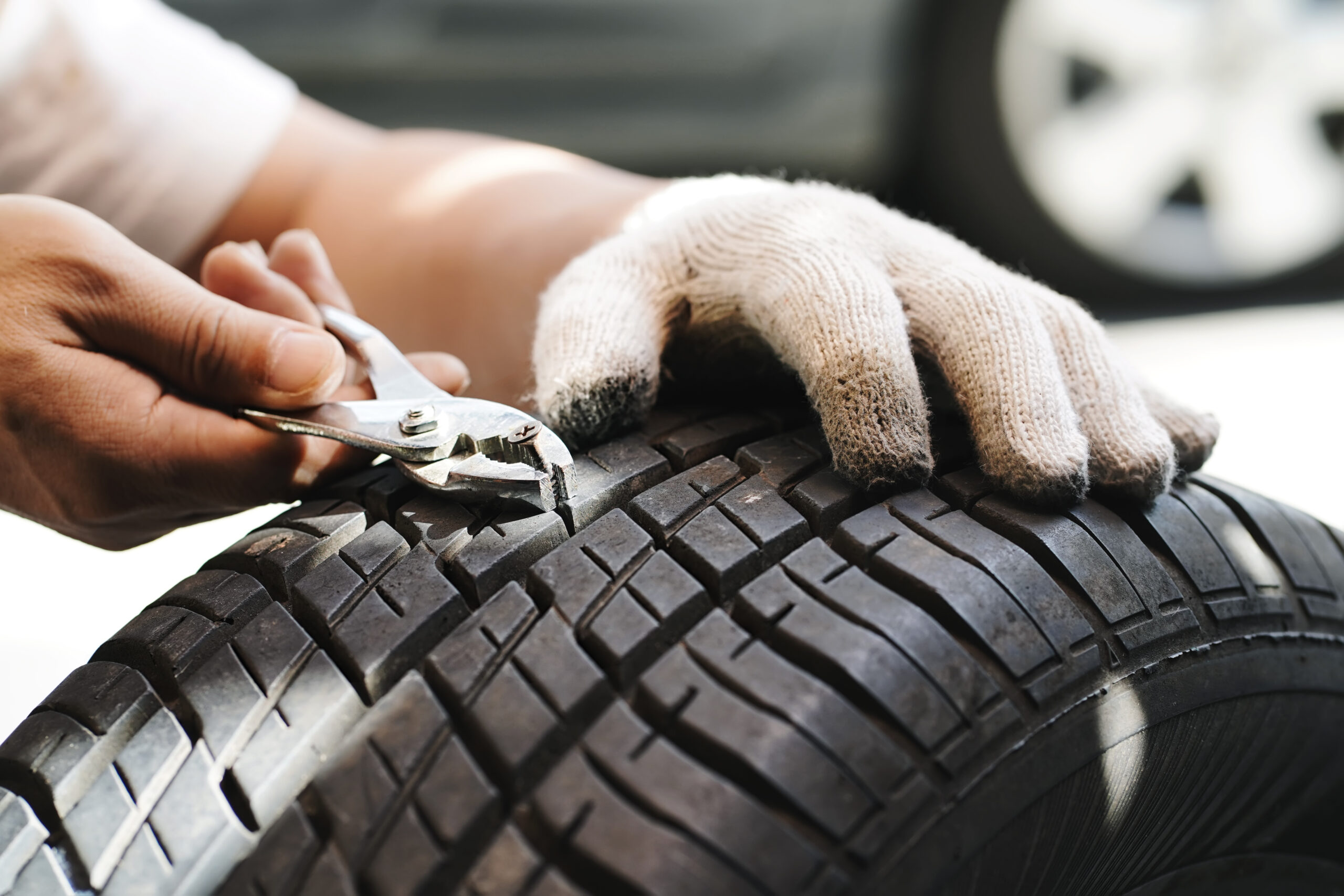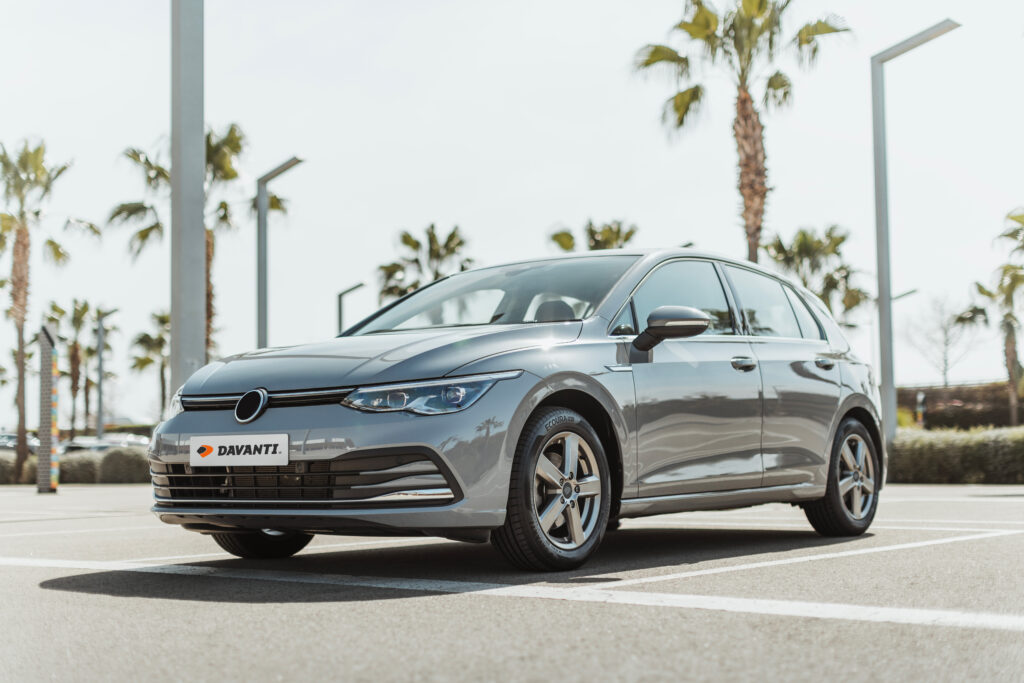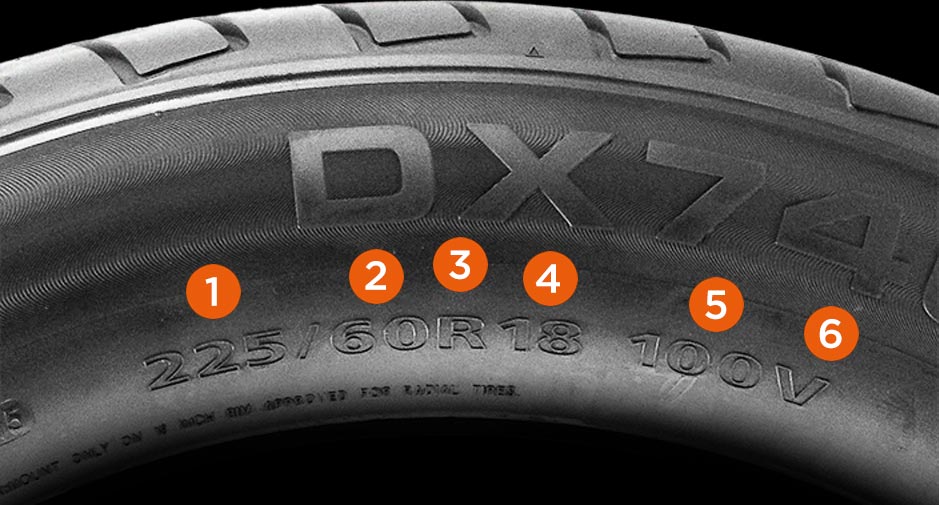
Dos and don’ts of runflat tyres
Thursday 16th November 2023If you have not encountered a runflat tyre before, it is handy to understand the dos and don’ts to get the most out of your vehicle and, most importantly, remain safe. Whether you are purchasing a new car with runflat tyres, or fitting them onto your current car, check out our guide below on how to get the most out of runflat tyres.
What are runflat tyres?

Runflat tyres are designed to minimise the impact of a sudden loss of tyre pressure. Unlike traditional tyres, which slowly deform as they puncture and lose air, runflat tyres retain their structure and will continue to hold a vehicle’s weight. This means you can rely less on roadside assistance, eliminate the worry of being stranded and reach a safe place.
Do make sure that your car can support runflat tyres
There are a few key differences between a runflat tyre and a standard tyre, which means not every vehicle can support them. Manufacturers must account for the additional weight, which usually means strengthened suspensions – and the change in performance. A unique wheel rim holds onto the tyre if it loses air.
Most cars that support runflat tyres will roll off the production line with them already fitted. If you are still not certain, check your owner’s manual, or reach out to an expert using our handy dealer locator.
Don’t drive on them too long after a puncture

Once punctured, runflat tyres are not designed to be used for extended periods, so you must replace them as soon as possible. This is usually immediately after a puncture, as they are designed to get you to a place of safety only, travelling for around 50 miles at reduced speeds. Without the air, the interior of the tyres will heat up and may cause damage to your wheel or vehicle.
Do make sure to pay attention to your TPMS
Because runflat tyres do not change shape when you have a puncture, you may not initially notice a problem. This makes TPMS essential to owning and operating your car with runflat tyres. If a puncture occurs, the TPMS will alert you immediately. You should slow down to a steady and safe pace and immediately seek out a garage for replacement.
Don’t mix runflat tyres and standard tyres on your car
It is generally not advisable to mix different types of tyres, especially when it comes to runflats. Runflat tyres have unique characteristics that set them apart from conventional tyres, and this difference can affect the control, braking, and grip of a vehicle. Additionally, runflat tyres tend to wear down at a different rate, so all four tyres should be the same type to maintain similar levels of wear and tread depth.
Don’t expect to repair your tyre after a puncture
Repairing a runflat tyre is not a standard procedure, and most garages may not even have the necessary equipment to do so. Therefore, it is strongly recommended that the punctured tyre should be replaced for safety reasons. The ability to repair the tyre may depend on several factors, such as the extent of the damage, the tyre’s age, and whether the tyre has had any previous repairs that may compromise its structural integrity.
Runflat tyres are becoming much more common, and recently, Davanti expanded on the popular ultra-high performance tyre, Protoura Sport, with a brand new runflat variant. Keeping the same performance capabilities as the Protoura Sport, with the added reinforcement and benefits of a runflat tyre.
Find out more about the Protoura Sport DSP runflat tyre here, or check out our other runflat products on our product page.
For more advice on the Protoura Sport DSP runflat, contact your local Davanti dealer using our Dealer Locator.

Protoura Sport Runflat
This UHP tyre, developed and tested to the same vehicle manufacturer OE standards as a premium runflat tyre, is performance you can trust.

DX640 Runflat
Dynamically designed passenger car and SUV tyre for maximum grip and ultra-high performance, with the
benefit of runflat technology

DX390 Runflat
Outstanding all-weather tyre for a fuel-efficient and comfortable drive with the benefit of runflat technology



